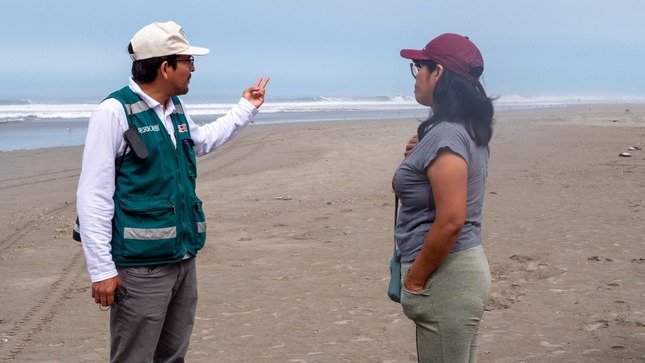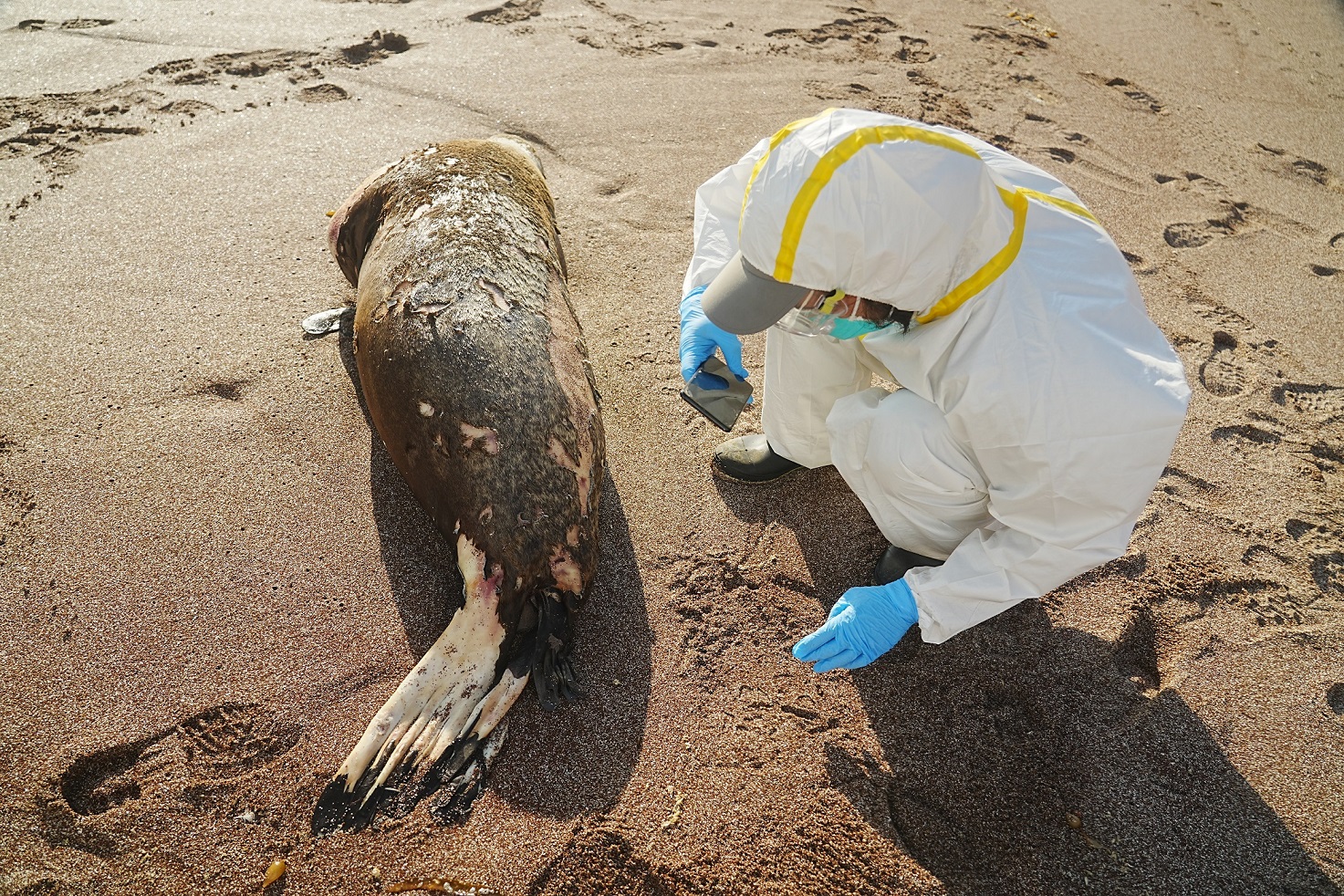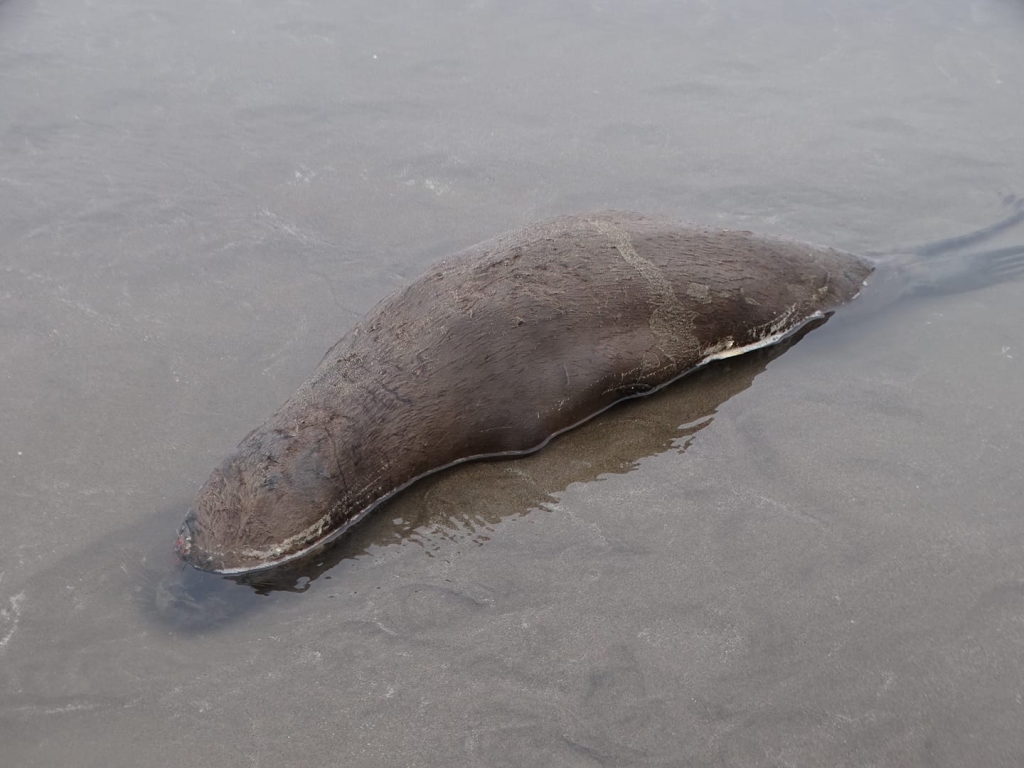Source: https://larepublica.pe/sociedad/2022...mbayeque-lrnd/
Avian flu: 1,000 poultry died after contagion of H5N1 influenza in Lambayeque
Senasa registered domestic birds that died from this disease and others were sacrificed to prevent the spread of the virus in the San José district.
2 Dec. 2022
The head of the Epidemiology area of the Lambayeque Regional Health Management (Geresa), Dafne Moreno, reported that in the Gallito town center, in the San José district, 1,000 poultry died due to the H5N1 influenza outbreak. The professional remarked that a group of these animals were sacrificed by the National Agrarian Health Service of Peru (Senasa) to prevent the spread of the virus.
The specialist stated that the first outbreak of bird flu in domestic birds was detected after the owner of the property informed Senasa that 200 of 600 birds died in adulthood. The owner reported that, at first, he believed that this event was a consequence of the vaccination against Newcastle disease in birds...
Avian flu: 1,000 poultry died after contagion of H5N1 influenza in Lambayeque
Senasa registered domestic birds that died from this disease and others were sacrificed to prevent the spread of the virus in the San José district.
2 Dec. 2022
The head of the Epidemiology area of the Lambayeque Regional Health Management (Geresa), Dafne Moreno, reported that in the Gallito town center, in the San José district, 1,000 poultry died due to the H5N1 influenza outbreak. The professional remarked that a group of these animals were sacrificed by the National Agrarian Health Service of Peru (Senasa) to prevent the spread of the virus.
The specialist stated that the first outbreak of bird flu in domestic birds was detected after the owner of the property informed Senasa that 200 of 600 birds died in adulthood. The owner reported that, at first, he believed that this event was a consequence of the vaccination against Newcastle disease in birds...














Comment